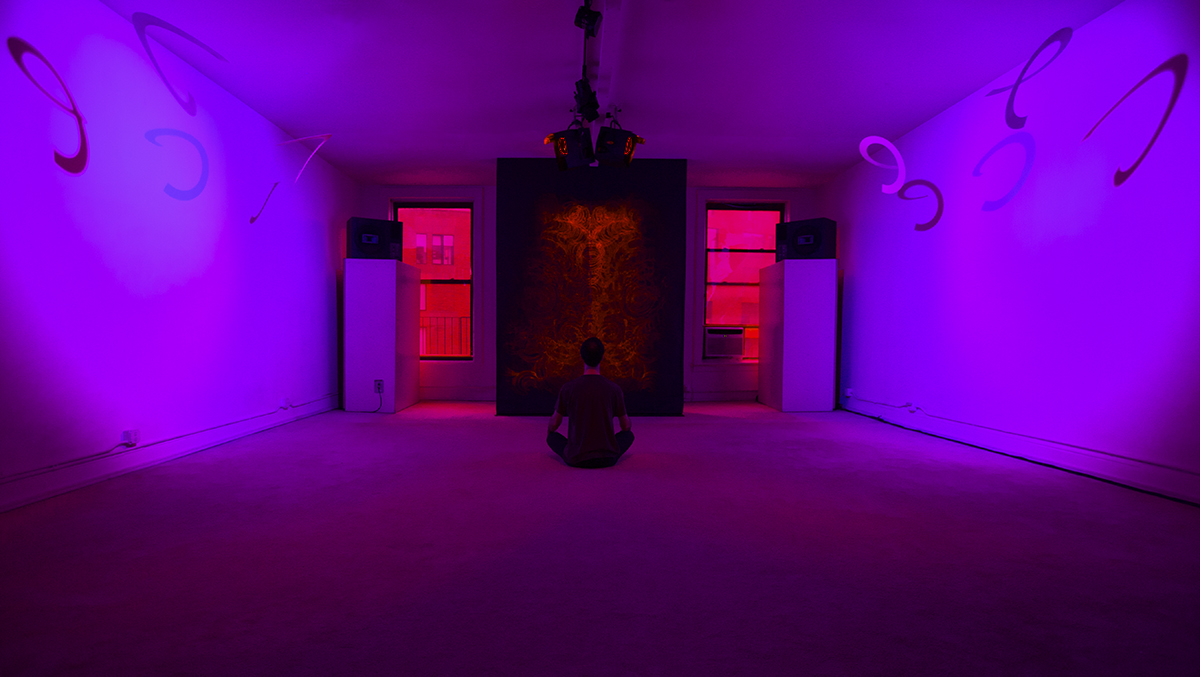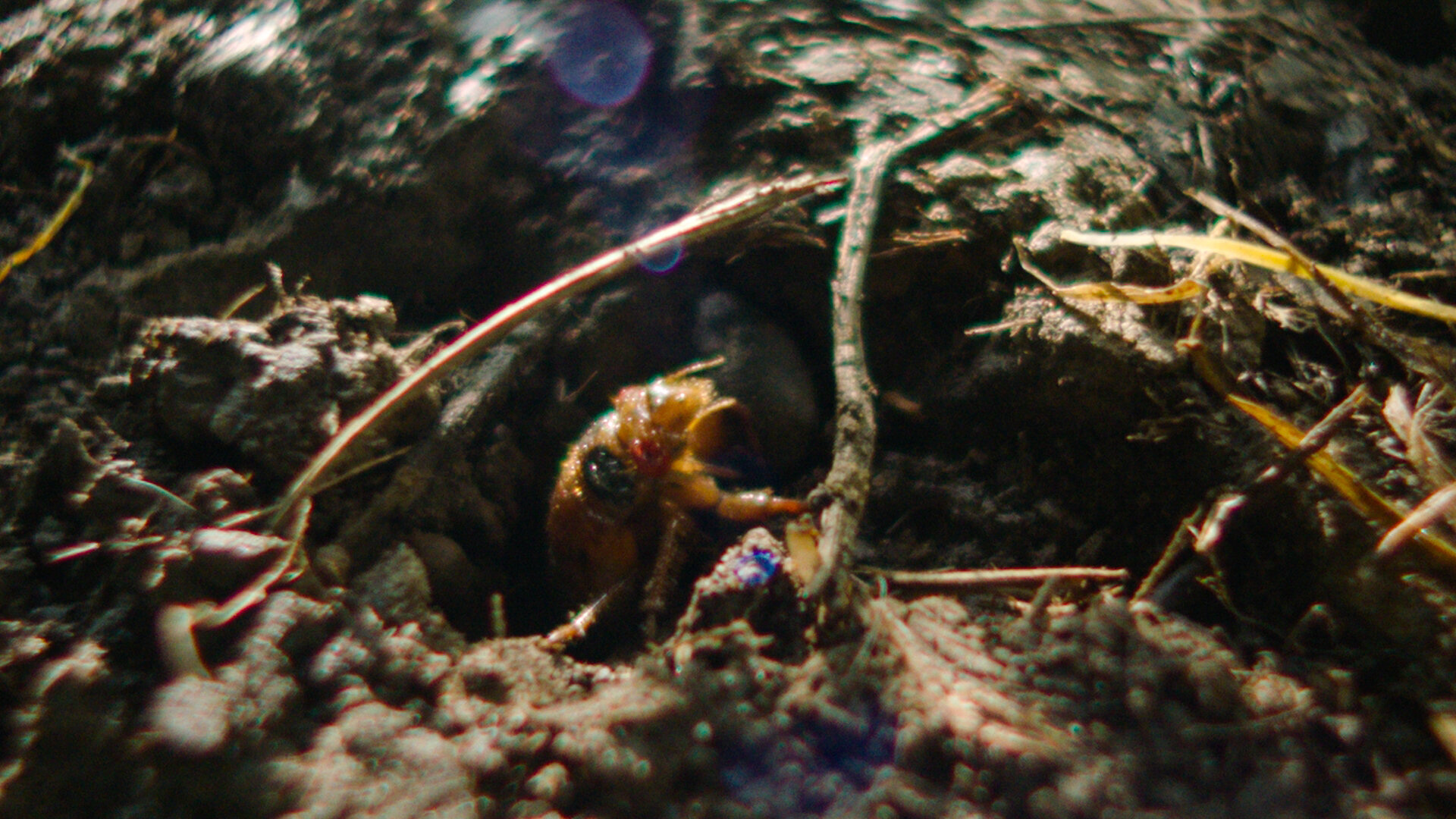Let’s seriously consider the formal disjunctions within the immersive experience
At this point, I’ve heard enough about the Museum of Ice Cream and other long-term immersive exhibitions around the city; avoiding the sight of photo-ready popups designed to sell home furnishings, trainers and exfoliating serums has become impossible. So last month I thought, how about an exercise? Let’s seriously consider the formal disjunctions within, say, Van Gogh’s bedroom in Arles and the yoga class/kefir tasting occurring ‘inside’ it, and the Ikea-imagined Prohibition-era speakeasy selling memory-foam pillows on museum-style pedestals, with object labels to boot.
In early August I embarked on an immersive experience at The Met titled Sleeping Beauties: Reawakening Fashion, in which I was herded through a series of milky-white tunnels crowned with psychedelic ceiling projections and buttressed with scratch-and-sniff walls. The idea, according to the press release, was to use AI, CGI, light and smell to sensorially ‘reanimate’ 15 dresses in the museum’s permanent collection that were too fragile to hang on mannequins. Like the world’s fairs of the nineteenth century, Sleeping Beauties was engineered as a spectacle of technologies. The dormant dresses, sidelined among the illustrative accoutrements they’d engendered, lay in modest incubators scattered throughout the distraction-filled chemistry lab.

In want of a more old-fashioned immersive, I visited Dream House, a long-term light and sound environment created by Fluxus composer La Monte Young and the late light artist Marian Zazeela. A concept first realised in Munich during the late 1960s and installed in several locations before it settled, in 1993, on the third floor of a four-storey walkup in Downtown Manhattan, Dream House marked its 30th season at its current site by recreating the original 1993 installation, as well as adding three more recent works, by the artist Jung Hee Choi. For a work described as ‘hypnotic’ and ‘delirious’ by The New York Times and Observer, respectively, it was a sobering, minimal affair, more house than dream – an unfurnished two-room apartment bathed in magenta light and enveloped in incense and the famous drone of its sine waves, a continuous sound possessing neither rhythm nor melody. Photography was forbidden, so there was nothing to do but fold my hands and try to empty my mind. But given the work’s history of financial precarity (during the pandemic, Dream House launched a Go Fund Me campaign to help pay $150,000 in rent), it seemed naive to expect to ‘escape reality’ within its very real – and costly – rooms. Nevertheless, there at least the sensorial elements of the work congealed – having been created as a conscious collaboration between Young and Zazeela, who were both devoted students of the musician Pandit Pran Nath and, according to Zazeela’s obituary, ‘never spent a day apart’ following their marriage – rather than retrofitted by a third party with an eye on attendance figures and social media metrics.

This desire to immerse isn’t the artworld’s alone. I attended the premiere of Baltimore-based filmmaker Corey Hughes’s Your Final Meditation (2024) at the Rockaway Film Festival in Queens. Much of this film was delivered through the first-person POV, as the viewer ‘experiences’ a VR game through the eyes and body of an everywoman named Jodiiie. The game Jodiiie plays is an AI-run, breath-powered meditation program that addresses her and the audience in the second person: “You are here / in this world”, a Siri-like voice intones, pulling up an image of the ocean. “Dunk yourself.” However, no sooner do we learn the rules of the game than Hughes wrenches us out of it, showing Jodiiie pitifully alone in her apartment. These discordant third-person scenes, periodically inserted, felt purposeful: they generated empathy for the film’s protagonist in a way that the first-person scenes did not.
It may be that immersive experiences’ use for art will wither, that soon they will just be light, sound, sensors and indiscreetly placed brand names. But just as Your Final Meditation glitched the illusion of immersivity using the third-person perspective, what art can do in its exploration of the new medium is find ways to cultivate distanced observation rather than simulated participation, honing our ability to respond emotionally to someone else’s experiences the way we would our own.
